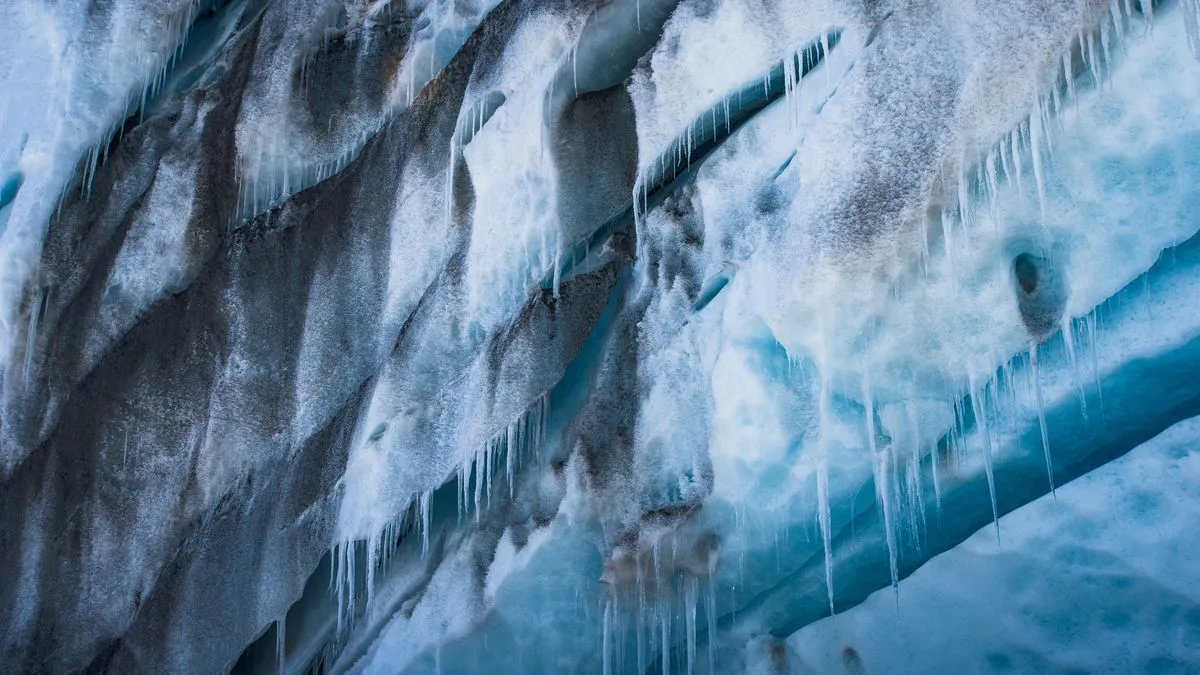From article:
But in late 2006, something “very, very odd” happened, he said. Methane started rising again, but there was no dramatic shift in human activity to blame — and researchers were left scratching their heads. Then, in 2013, Nisbet and his colleagues realized this rise was accelerating. By 2020, methane was increasing at the fastest rate on record, he said.
From Wikipedia - Fracking in the United States:
Source link: http://www.economist.com/node/21556242 - Shale of the century - The “golden age of gas” could be cleaner than greens think
archive link: https://archive.is/dRIT - Article dated: Jun 2nd 2012
We’ve definitely set off methane deposits in the arctic, the ocean, the tropics, etc. But acting like there’s no way of knowing this could have happened or why is just stupid. The global shale oil boom set off by US development of new extraction technologies due to OPEC pressure, the use of which then spread around the globe is definitely a major contributing factor.
For the majority of the early phase of the fracking boom up to now, methane was vented as they were trying to maximize oil extraction. Pipelines and methane capture equipment were not in place in many locations and have only begun to be due to the rise in LNG prices resulting from Russian supply destabilization. Further, these were known risks at the time that were ignored with a concern only for maximizing oil production and profits.
This should surprise no one.
Further documentation:
Fracking boom tied to methane spike in Earth’s atmosphere
The chemical signature of methane released from fracking is found in the atmosphere, pointing to shale gas operations as the culprit.
https://www.nationalgeographic.com/environment/article/fracking-boom-tied-to-methane-spike-in-earths-atmosphere
Archive link: https://archive.is/BvHZg#selection-4479.0-4483.133 - Article dated: Aug 15, 2019The article was interesting, but remarkably low on numbers - no distribution in percentages, no estimate in mass, no graphs. I’ll try to fill the gaps then.
- drivers of climate chance, side by side
- methane concentrations
- methane budget, illustrated
- satellite map of methane concentration
- satellite map of methane flux
The article assiciated with the last map is here.
Basically, there are various sources of methane on Earth:
- agriculture (~217 Tg / year)
- natural wetlands (~181 Tg / year)
- industry (~111 Tg / year)
- other natural sources (~37 Tg / year)
- biomass and biofuel (~30 Tg / year)
- Arctic permafrost and oceanic hydrates (varies, estimated contribution 0.5 C warming during this century)
My overall conclusion: agriculture is the lowest-hanging fruit, its emissions are the biggest. However, industrial emissions may be easier to regulate since it’s more centralized.
Most industrial methane emissions are from losses of natural gas. It is pretty closely linked to getting off co2 that way.
When can we stop working and go live in the
woodssavannah?Looks like we’ll still be doing TPS reports, right up until the very end of industrial civilization.
So, within the next decade it is




